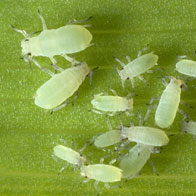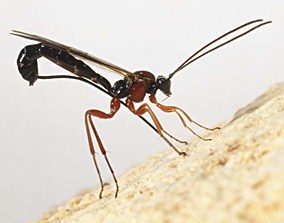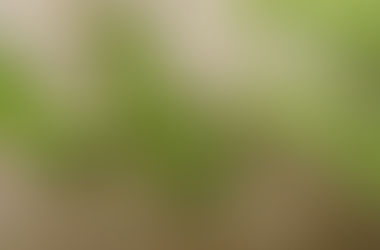Good Bugs v.s. Bad Bugs. Don't Kill Them All.
- Minerva Llamas
- Nov 28, 2016
- 3 min read
Contrary to popular belief, all bugs are not bad for you. In fact, some are actually really beneficial and without them, the ecosystem would become unbalanced! In this post, I'll highlight the common bugs and insects you should eliminate from your garden, and I'll also tell you which insects should remain in your garden. Why do you want insects in your garden? It's simple, beneficial insects naturally prey on specific pests. They are a natural form, and probably the original form of pest control management. The next couple of pests are based on a lecture from Jonathan Kressin, a graduate teaching assistant at NC State University.
COMMON GARDEN PESTS.
APHIDS.
They carry pathogens and viruses which are transmitted to plants. Aphids also cause burns on the edges of leafs and can also cause honeydew sooty mold.
SQUASH BUG.
These bugs prefer squash and melons. The adult squash bugs lay visible eggs on leaves, if you see the eggs, simply remove by hand. There is only one generation per year.
COLORADO POTATO BEETLE.
These beetles like to chew which results in defoliation. They are attracted to solanaceous crops and there are multiple generations per year. Bird houses and predatory/parasitic insects get rid of this bug.
HORNWORMS.
Hornworms also like to chew which also results in defoliation. They are attracted to tomatoes. Their larvae are black pieces, you can remove these by hand.
CABBAGE LOOPERS.
Once again, these critters like to chew which results in defoliation. They are attracted to the brrassica family, which contains crops like broccoli and cauliflower. There are two to three generations per year. You can control them by applying BT pesticide on leaves which the cabbage looper will then eat.
SPIDER MITES.
These aren't actually bugs, they're arachnids, which means that they create webs. They suck plant juices and are especially attracted to tomatoes. Yellow blotchy spots are an indicator of spider mites. Spray 2 tbs of mild soap diluted in one gallon of water weekly to eliminate spider mites.
BENEFICIAL INSECTS
LADY BEETLES.
Also known as a 'ladybug'. They have armored sheathed wings and are predatory of small insect pests. If you see small clusters of yellow eggs, that means that they are ladybug eggs, don't remove them! Lady Beetles are dependent on pests. They also tend to live their life around the plant they were laid on, if they do happen to move elsewhere, they will migrate locally.
LACEWINGS.
They are great at managing pests. Lacewings lay individual eggs hanging from a stem on a silk thread, do not remove these eggs. The adult lacewings feed on nectar and aphids.
SOLDIER BEETLES.
Soldier beetles are similar to lightning bugs but no they do not light up. They have leather like wings which is not common amongst beetles. They live in the soil and feed on soil insect pests. The adult soldier beetles feed on caterpillars and other foliar pests, but they also need flower and nectar. Plant goldenrod flowers if you want to attract them.
SYRPHID FLIES.
Syrphid flies are also called hover or flower flies. The larvae syrphid flies are the ones who are predators. Once they reach adulthood they feed on nectar and pollen.
PARASITOID WASPS.
The adults lay eggs in host insect like a hornworm or aphid, and the larvae eat out the host. The adult then emerges to infect other insects, during adulthood they usually eat pollen and nectar.
Others: assassin bugs, anchor bugs, praying mantis
Sources:
https://www.planetnatural.com/pest-problem-solver/houseplant-pests/spider-mite-control/
http://www.organicgardeninfo.com/cabbage-looper.html
http://thecitrusguy.blogspot.com/2010/07/attack-of-killer-hornworm.html
http://www.vegetablegardener.com/item/5301/control-colorado-potato-beetle-with-a-mix-of-strategies
http://bugguide.net/node/view/183832
http://www.arbico-organics.com/category/pest-solver-guide-aphids
http://www.gardening-for-wildlife.com/parasitic-wasps.html
https://pamphillips.net/tag/syrphid-fly/
http://www.lloydspitalnikphotos.com/v/other_insects/beetles/goldenrod_soldier_beetle__MG_8959-01.jpg.html
http://www.hobbyfarms.com/know-your-beneficials-green-lacewings/
http://www.harvesttotable.com/2016/10/ladybug-lady-beetle-beneficial-insect/









































Comments